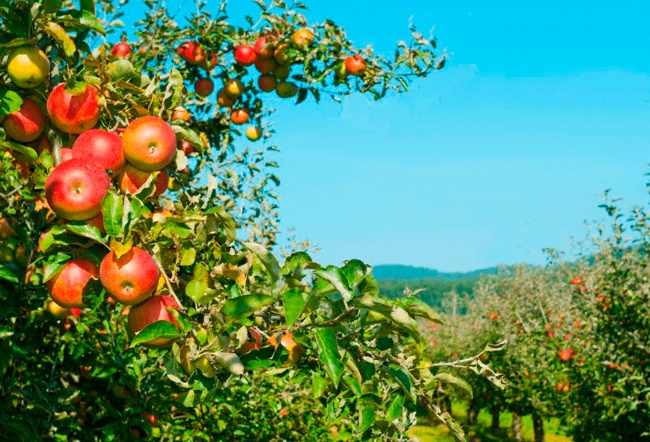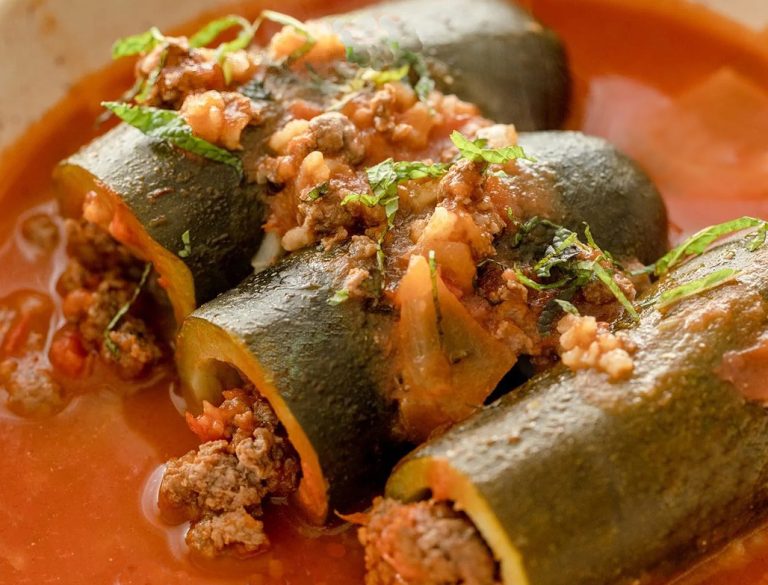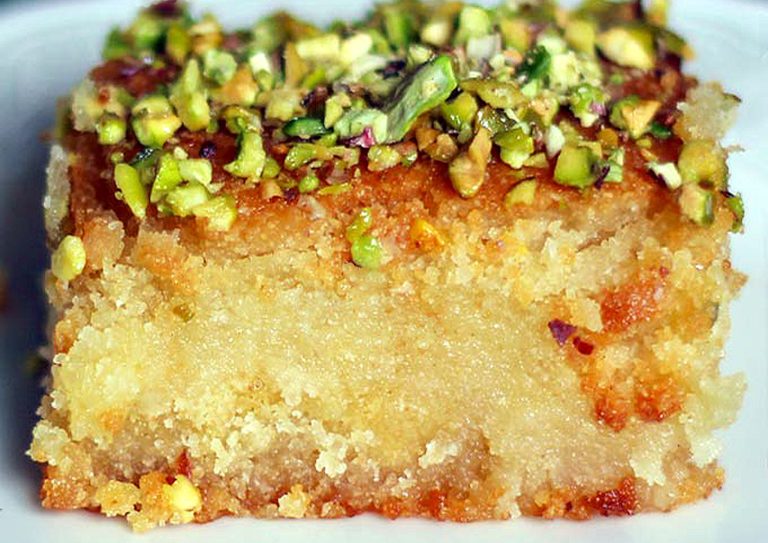Published with permission from LuxuryWeb Magazine
Cider is an alcoholic beverage that dates back to the dawn of civilization. The Thracians were among the earliest winemakers, venerating Dionysus as the “god of wine,” while the Egyptians crafted beer 5,000 years ago. The Incas produced corn liquor (chicha) 3,000 years ago.
The earliest recorded mention of cider is from Julius Caesar’s Britain, where he observed the native Celts fermenting crabapples to make cider and honey to produce mead. The Normans and Anglo-Saxons in what is now France were also known for their cider-drinking traditions.
RELATED: A Bubbly Renaissance: A Guide to Better Sparkling Wines on the Market
Rooted in history
The term ‘Norman’ means ‘North Man,’ referring to Vikings who traveled south from Scandinavia in the late eighth century and settled in present-day Western France. These Vikings were cider makers and drinkers, which explains why France, a country typically associated with wine, has a strong tradition of high-quality cider production. This tradition continues in Normandy and Brittany, where the finest Calvados is produced, reflecting the area’s successful Viking settlements.
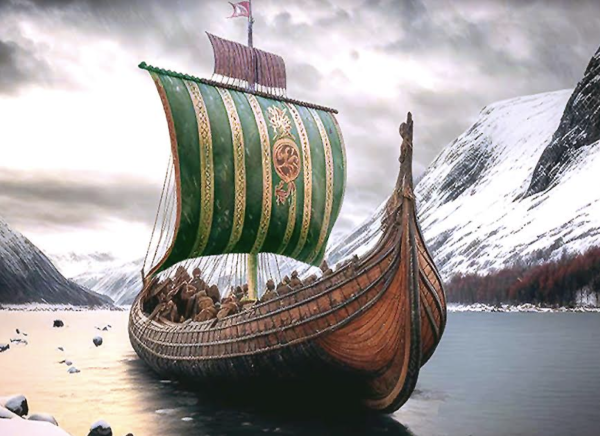
Success
You are now signed up for our newsletter
Success
Check your email to complete sign up
Today, both alcoholic hard cider and non-alcoholic cider are enjoyed, ranging from sweet to various degrees of dryness, delighting drinkers worldwide. Cider remains popular in the British Isles, Western France, Scandinavia, and Switzerland.
During a recent visit to Geneva, Zurich, Basel, and Lucerne, I enjoyed Möhl, Cidrerie du Vulcan, and Ramseier Apple Ciders with many meals. These ciders displayed varying levels of fizziness and sweetness. Cidrerie du Vulcain’s Trois Pépins is particularly delicious, made by pressing apples, pears, and quince, then fermenting the resulting nectar.
In recent years, Britain has seen a resurgence in artisanal cider production, using regional apple varieties and diverse fermentation and aging techniques. In Yorkshire, historic orchards are producing impressive ciders from a mix of dessert and cooking apples.
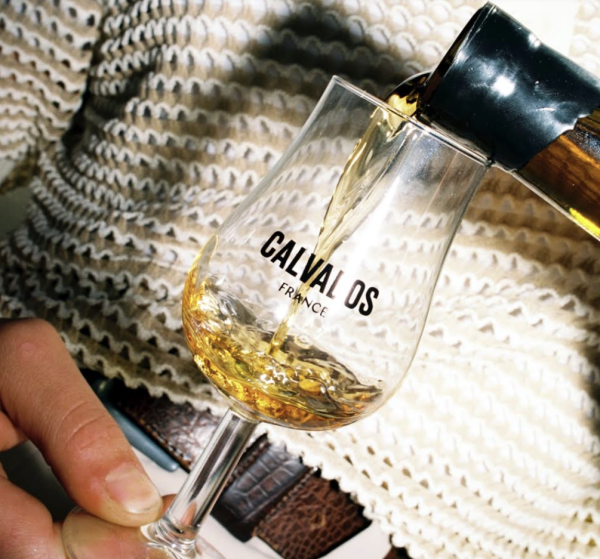
Calvados, an apple brandy produced exclusively in Normandy, has achieved AOC status. The base cider is made primarily from apples, with occasional additions of pears during pressing. The fruit must be grown in Normandy, where over 200 apple varieties are cultivated. After pressing and fermenting, the cider is distilled into an eau de vie and aged for a minimum of two years in oak barrels. A well-made Calvados is as respected as a fine Cognac.
In the United States, a delightful demi-sec cider comes from Washington State, while non-alcoholic sparkling and non-sparkling ciders are produced in California and New York State.
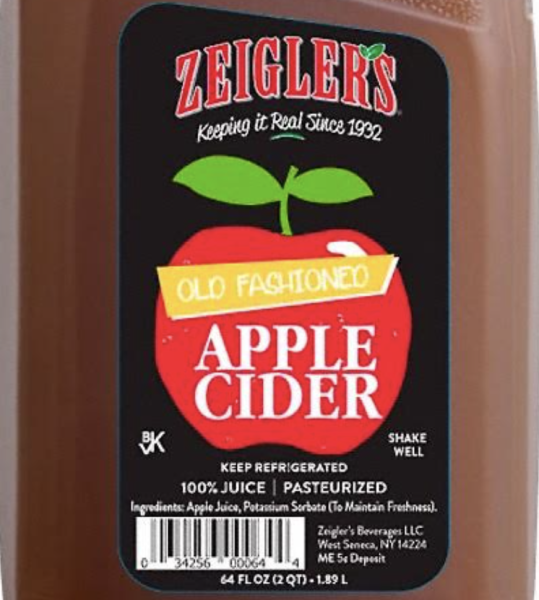
Personally, during the hot summer months, I enjoy Zeigler’s Old-Fashioned Apple Cider, a non-alcoholic, sweet, and refreshing beverage made from New York State-grown apples. It comes in seasonal varieties like Gala and Honeycrisp blends, as well as fall flavors such as Caramel and Cinnamon Spice.
Zeigler’s presses an impressive two hundred million pounds of fresh, whole apples annually to produce their ciders.
Visit LuxuryWeb Magazine to see the original article and more.



